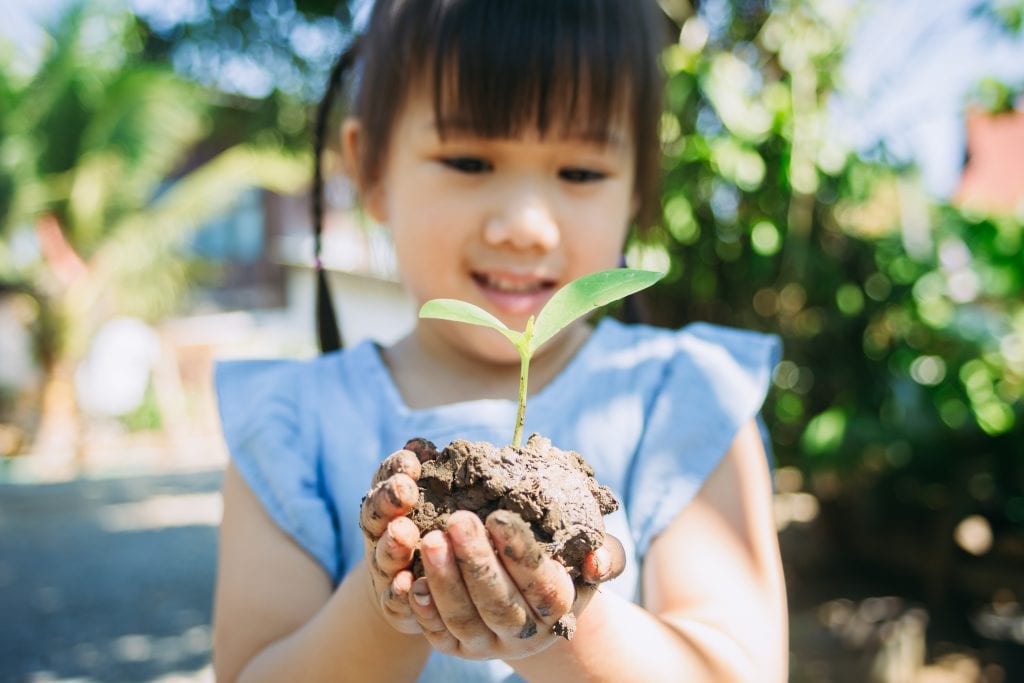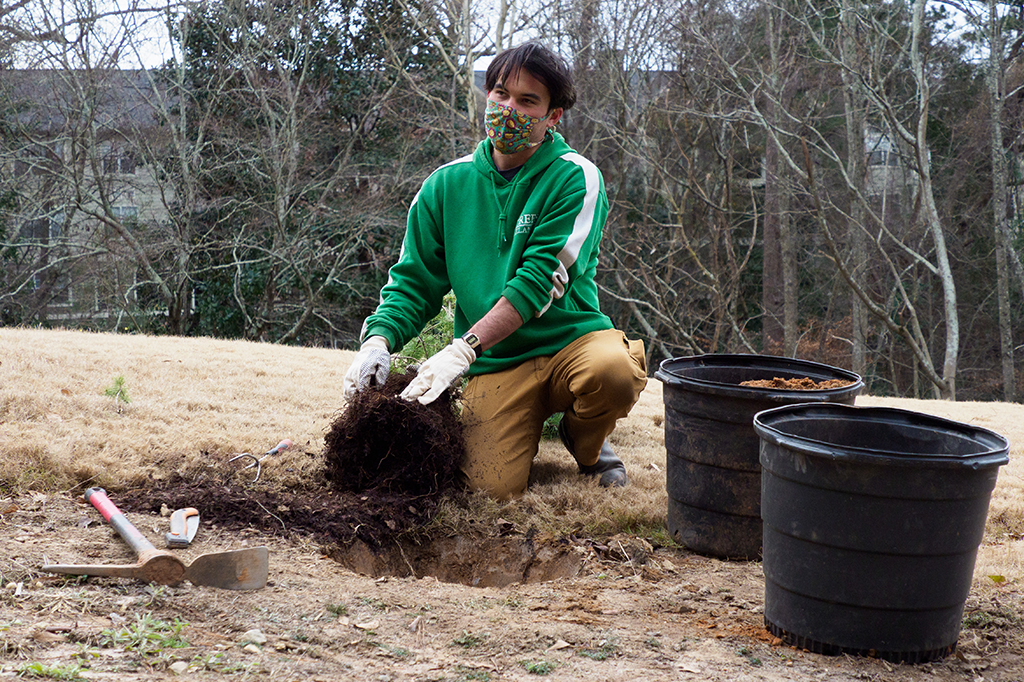Earth Day is almost here, and students around the world are busy devising ways to create a greener, cleaner, more sustainable planet. One of the most important lessons that educators can teach learners is that their choices matter, whether those are individual decisions or the solutions they support in their communities. To help students understand these crucial concepts, Minecraft: Education Edition has released the all-new Radical Recycling lesson!
This activity takes place in Sustainability City, a virtual world that gives students the chance to make their way through an epic Minecraft map as they explore recycling in a bustling urban setting. Learners start by researching and sharing background knowledge about recycling through introductory games and discussions to build connections with their own surroundings. They’ll also learn about a real-world recycling center that will help inform their actions in the game.
Once students have built up their knowledge of recycling, they enter Sustainability City and begin their quest. They’ll comb the city for recyclable materials, taking notes to determine what can be found at various locations. This journey will take them throughout the entire urban environment, including a house, school, office building, and grocery store. They’ll learn that different locations have different recycling needs and discover the kinds of materials that tend to accumulate at particular sites.

Once students have assessed the situation and shared their findings, they’ll visit the city’s recycling center to compare the in-game facility with its counterparts in the real world. They can consolidate their learning by writing a summary of which items can be recycled and how it’s done.
Now it’s time for students to get creative! Once they’ve assessed Sustainability City’s situation, they use the recyclable materials they’ve found to create a solution to a common household or classroom problem. It could be a lampshade made from recycled paper or a vehicle crafted from recycled cans—even a trampoline stitched together from repurposed clothing! You’ll be amazed at what your students create.
Educators can find supporting materials, guiding questions, curriculum connections, extension activities, and the Sustainability City world file on the Radical Recycling lesson page.
Earth Day learning isn’t just for the classroom. If you know a Minecraft player who uses a different version of the game, the Sustainability City world is also available as a free download in the Education Collection in the Minecraft Marketplace. By using the materials included on the lesson page, Minecraft players and their families can take part in sustainability learning at home.

Looking for extra support? The Minecraft: Education Edition team is offering special sessions for educators and students. Join a virtual lesson jam on April 15 at 4:00 PM PT and get prepared to lead the Radical Recycling lesson with your students. On Earth Day itself, the team will be hosting a student-friendly live lesson experience featuring a brand-new Minecraft world, so register now and bring your learners on April 22 at 9:00 AM PT to get the first look at this new content.
The EdTech experts at Cobblestone Collective are also helping out with a full week of sessions designed to engage students using Sustainability City. Every day from April 19 to 23, they’ll be hosting live sessions to co-teach the lesson. After each session, students will show off their learning in a build challenge and can enter to win awesome Minecraft prizes. Can’t make the lesson? No worries! They’ll also be posting the challenges online. Learn all the details about these interactive virtual events.

We hope these Earth Day activities will inspire a new generation of innovative and ingenious sustainability superheroes among your students. Take a look at the Radical Recycling lesson plan and join the Minecraft: Education Edition team for their exciting events as you get ready for Earth Day. Together, we’ll empower students to build a better, greener world!
If you haven’t tried Minecraft: Education Edition in your classroom, get started at education.minecraft.net.
The post Celebrate Earth Day with Radical Recycling for Minecraft: Education Edition first appeared on Microsoft EDU.









